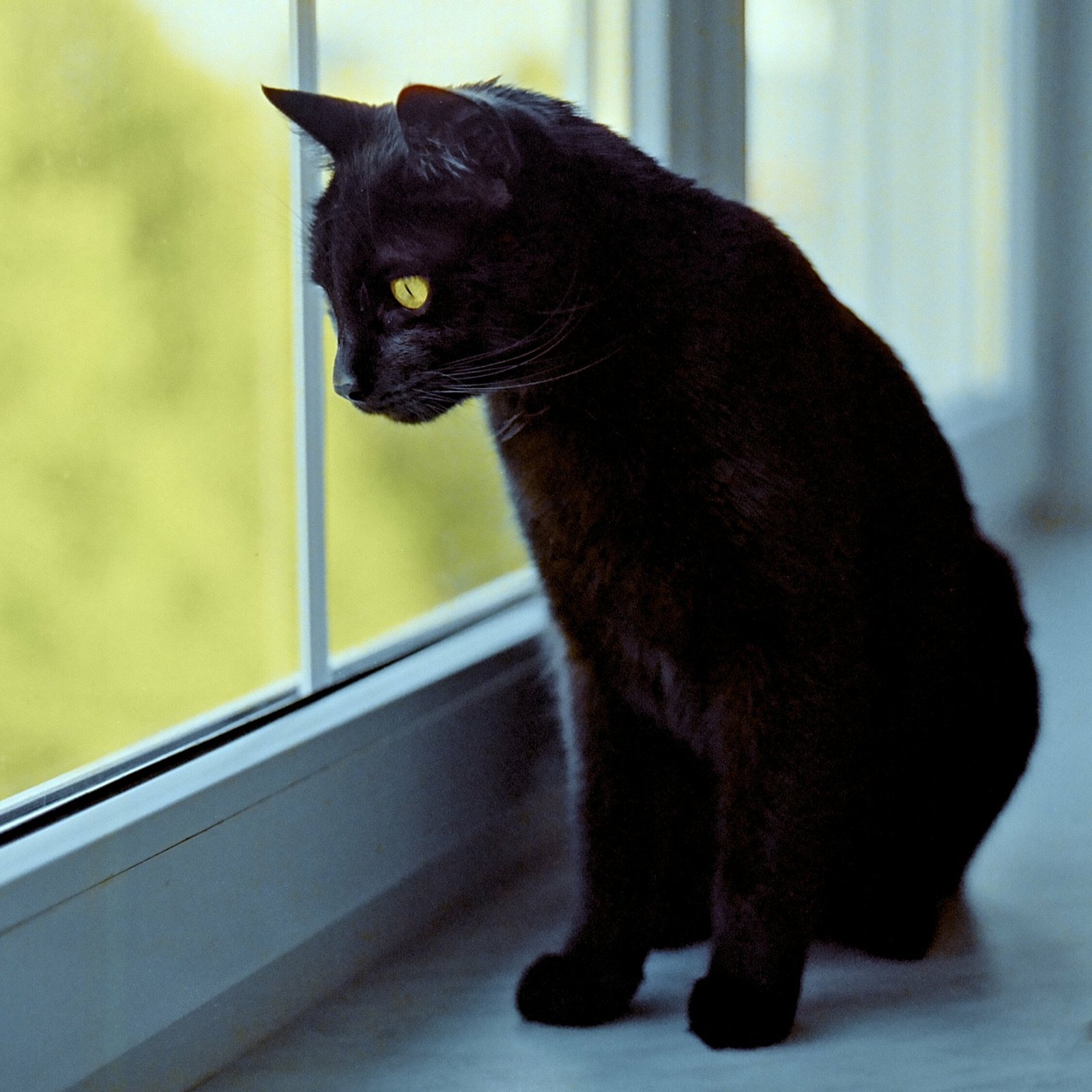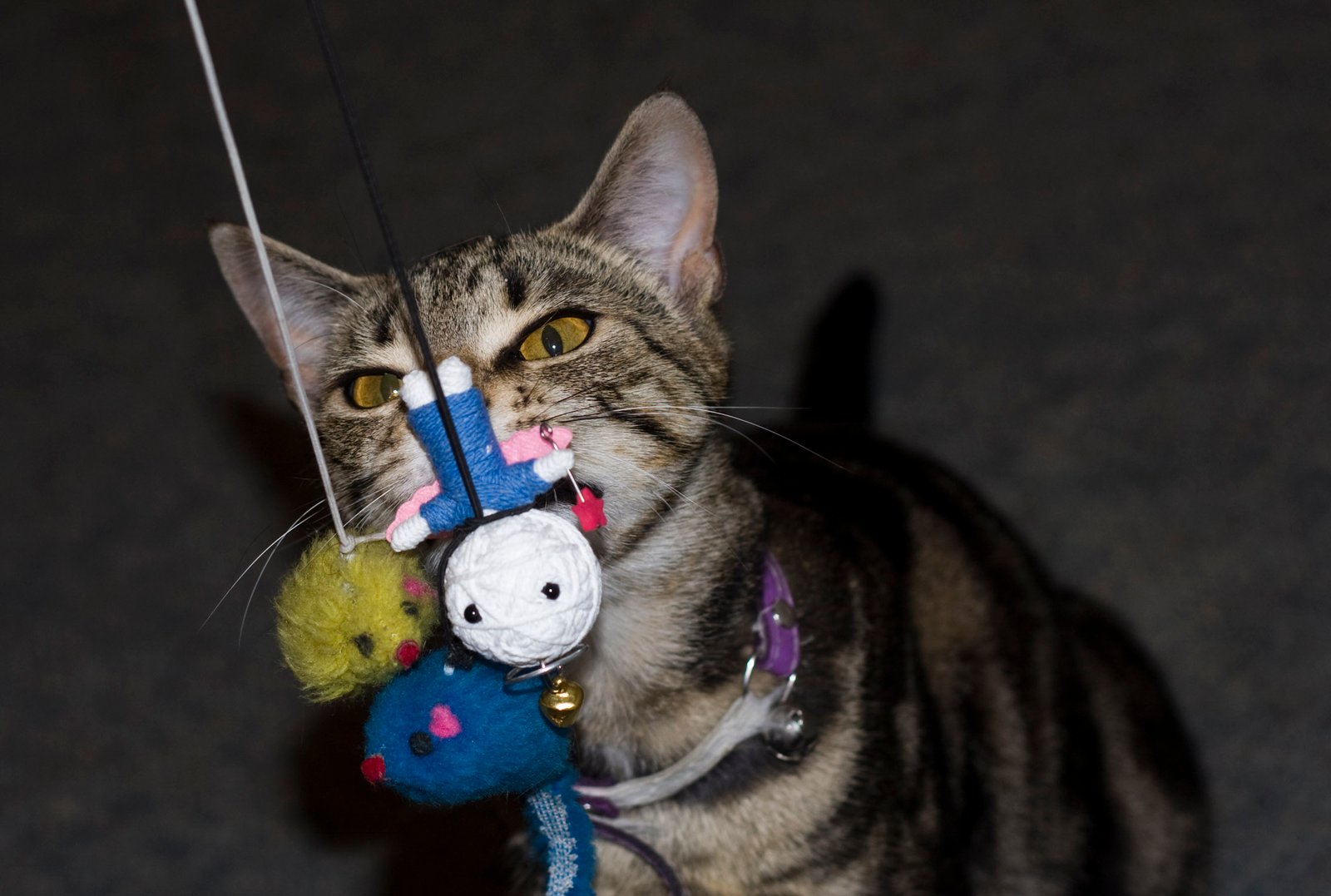Have you ever wondered why your feline friend suddenly disappears when guests arrive or during a thunderstorm? Cats are notorious for hiding their emotions, especially when they’re stressed. This mysterious behavior can leave even the most devoted cat owners scratching their heads. But what if you could decode the subtle signals your cat sends when they’re feeling anxious? Understanding these signs can not only strengthen your bond with your pet but also improve their overall well-being. Let’s delve into the fascinating world of feline emotions and uncover the secrets behind why cats hide their stress and how you can spot it.
The Mysterious Nature of Cats
Cats are enigmatic creatures, often shrouded in mystery. Unlike dogs, who wear their hearts on their paws, cats tend to be more reserved. This reserved nature stems from their ancestry. As both predators and prey in the wild, cats developed the ability to mask their vulnerabilities as a survival mechanism. In the domestic environment, this translates to hiding emotional stress to maintain a sense of control. To the untrained eye, a cat may seem aloof or indifferent, but beneath that calm exterior, a storm of emotions could be brewing. Understanding this natural instinct is the first step in recognizing the signs of stress in your feline companion.
Subtle Signs of Stress
Cats are masters of disguise, and their stress signals can be incredibly subtle. Unlike humans, who might vocalize their distress, cats often communicate through body language. Look for changes in their posture, such as crouching or tucking their tail. Their eyes can also be telling; dilated pupils or avoiding eye contact can indicate anxiety. Behavioral changes, such as hiding more frequently or being unusually aggressive, are also red flags. It’s essential to pay attention to these nuances, as they provide invaluable insight into your cat’s emotional state. By tuning into these signals, you can offer comfort and reassurance when your cat needs it most.
The Role of Environment

A cat’s environment plays a crucial role in their emotional well-being. Changes in their surroundings, such as moving to a new home or the arrival of a new family member, can trigger stress. Cats are creatures of habit and thrive on routine, so any disruption can be unsettling. Providing a safe and stable environment is key to minimizing stress. Ensure your cat has a quiet space where they can retreat when feeling overwhelmed. Additionally, maintaining a consistent daily routine, including feeding times and play sessions, can help reduce anxiety. By creating a calm and predictable environment, you can help your cat feel more secure and less stressed.
The Importance of Socialization
Socialization is vital for a cat’s emotional health. Cats that are well-socialized from a young age are generally more adaptable to changes and less prone to stress. Introducing your cat to various environments, people, and other animals can build their confidence and resilience. However, it’s important to respect your cat’s boundaries and not force interactions. Some cats may be naturally more reserved, and that’s perfectly okay. Encouraging positive experiences and rewarding calm behavior can go a long way in helping your cat feel more at ease. Remember, every cat is unique, and understanding their individual needs is key to fostering a stress-free life.
Recognizing the Impact of Health
Physical health and emotional well-being are closely linked in cats. Pain or illness can be a significant source of stress, and sometimes the only indication of a health issue is a change in behavior. If your cat suddenly becomes withdrawn or exhibits unusual behavior, it’s important to consult a veterinarian. Regular health check-ups can prevent or address underlying health problems that may be contributing to stress. By ensuring your cat is in good physical health, you can significantly reduce their emotional stress. Remember, a healthy cat is a happy cat, and taking care of their physical needs is an integral part of their overall well-being.
The Power of Play

Play is an essential aspect of a cat’s life and can be a powerful tool in alleviating stress. Engaging your cat in interactive play provides mental stimulation and an outlet for pent-up energy. Toys that mimic prey, such as feather wands or laser pointers, can satisfy your cat’s hunting instincts and reduce anxiety. Regular play sessions also strengthen the bond between you and your cat, offering reassurance and comfort. Playtime is not only fun but also a vital component of your cat’s emotional health. By incorporating play into your daily routine, you can help your cat feel more relaxed and content.
Understanding the Role of Diet
Diet can have a profound impact on a cat’s emotional state. Just like humans, cats can experience stress-related eating habits, such as overeating or loss of appetite. Providing a balanced and nutritious diet is essential for maintaining your cat’s overall health and reducing stress levels. Some cats may benefit from specialized diets designed to promote calmness and reduce anxiety. Additionally, ensure your cat has access to fresh water at all times, as dehydration can exacerbate stress. By paying attention to your cat’s dietary needs, you can support their emotional well-being and help them lead a happier, healthier life.
Building a Strong Bond
Building a strong bond with your cat is the cornerstone of understanding and managing their emotional stress. Spend quality time with your cat each day, whether it’s through play, grooming, or simply sitting together. Being present and attentive to your cat’s needs fosters trust and security. Additionally, using positive reinforcement techniques, such as treats or praise, can encourage desired behaviors and strengthen your relationship. Remember, patience and consistency are key. By investing time and effort into your relationship with your cat, you can create a loving and supportive environment where they feel safe and understood.
Conclusion
In conclusion, understanding why cats hide emotional stress and learning to recognize the signs is crucial for any cat owner. By paying attention to their subtle cues, providing a stable environment, and nurturing a strong bond, you can help your feline friend navigate the challenges of life with confidence and ease. So, the next time your cat seems distant or anxious, remember that beneath their mysterious facade lies a complex and sensitive soul in need of your love and support.

Growing up traveling and experiencing new cultures and wonders, I have had a passion for nature, adventuring, photography, and videography. I am currently working towards a BSc in Biodiversity and Ecology at Stellenbosch University, and I hope to specialise in Marine Sciences one day.
Please send any feedback to Feedback@animalsaroundtheglobe.com






